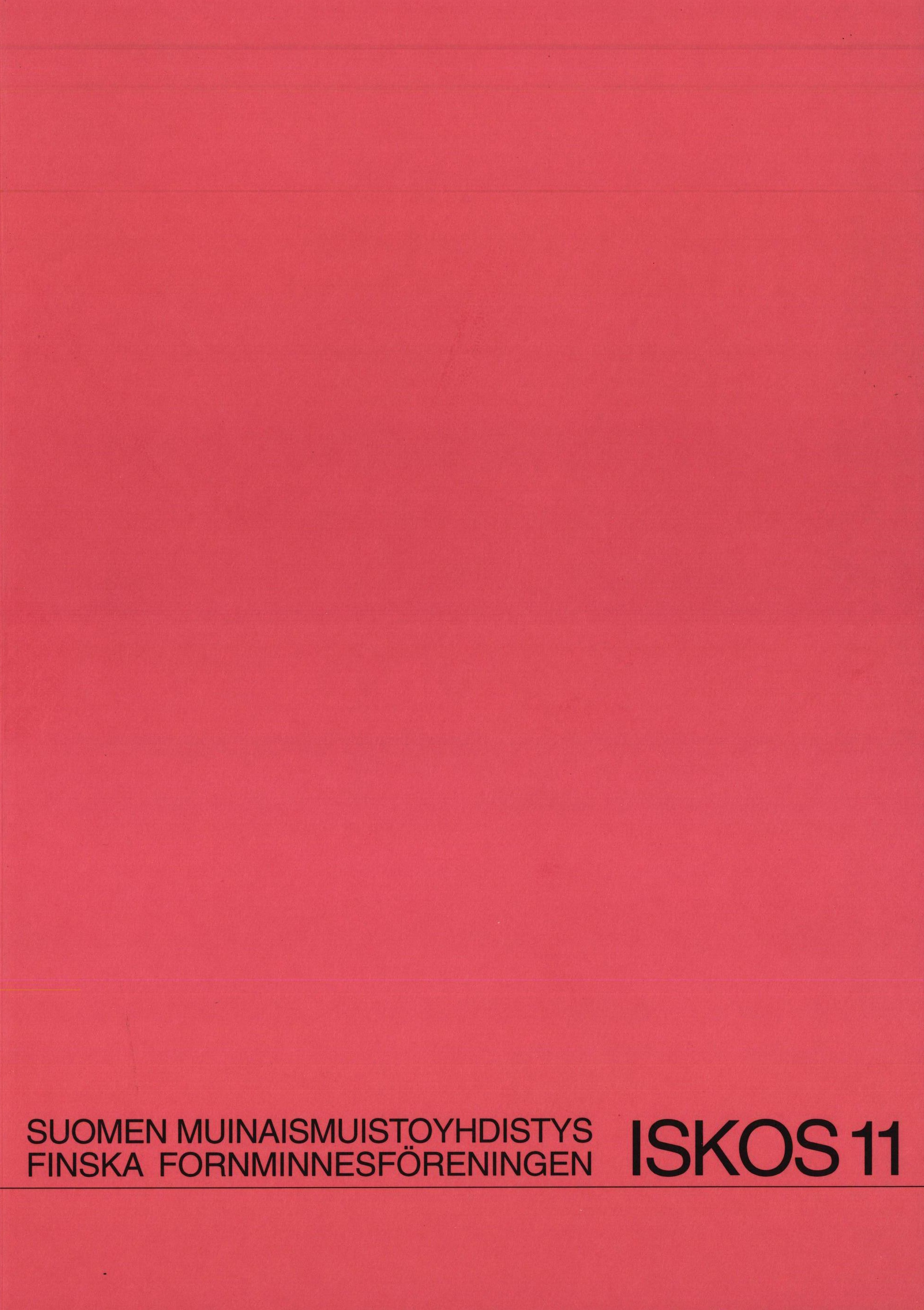14C dating of lime mortar – preparation of the sample, a challenge for the geologist and the mineral chemist
Abstract
Lime mortar from old constructions can he successfully dated using the 14C method if special care is taken during sampling and sample preparation. The main problems with dating is identification and removal of fossil limestone in the filler. Especially in limestone areas contamination from filler limestone can be severe. Proper identification of the contaminants enables us to develop optimal laboratory protocols for sample handling. Contaminants including limestone and marble filler material, incompletely burnt limestone residues, and recrystallisations in the mortar can be identified in thin sections of intact mortar samples and in the fine fractions of crushed mortars using polarising microscopy and cathodoluminescense. Careful crushing and sieving of the mortar samples, however, effectively removes limestone grains and particles. The proportion of limestone contaminant in the samples can be assessed by traditional point counting or computer image analysis of luminescence micrographs. A sufficient number of samples from each construction phase are needed for statistical significance of the dating.




